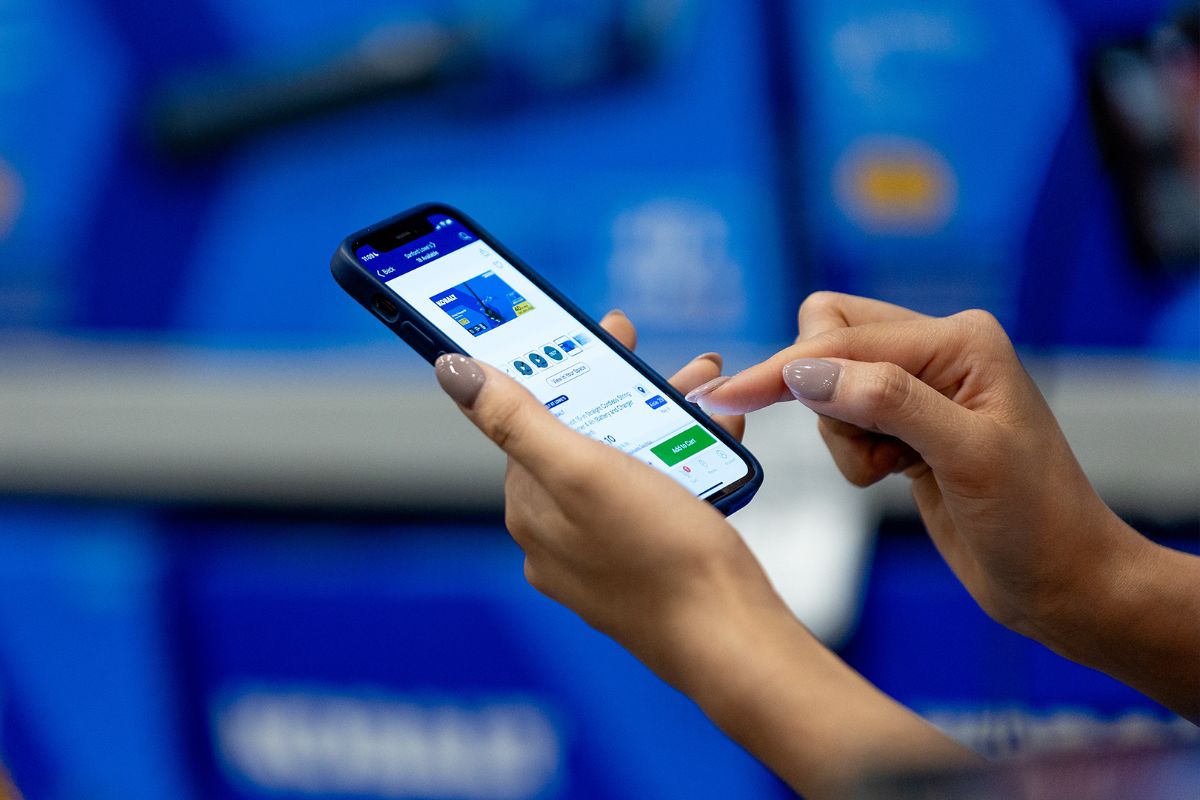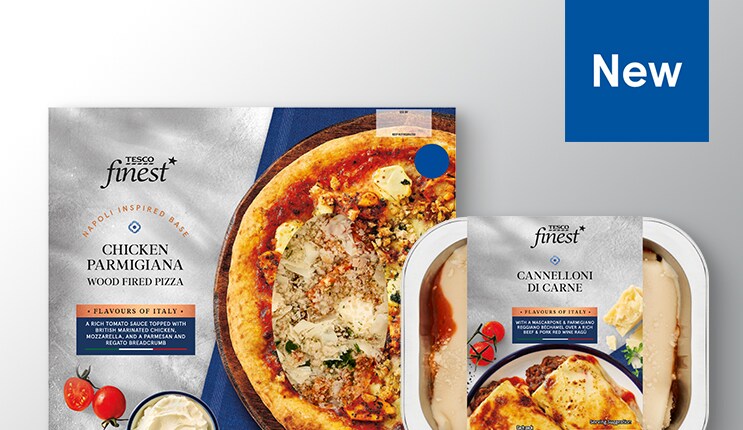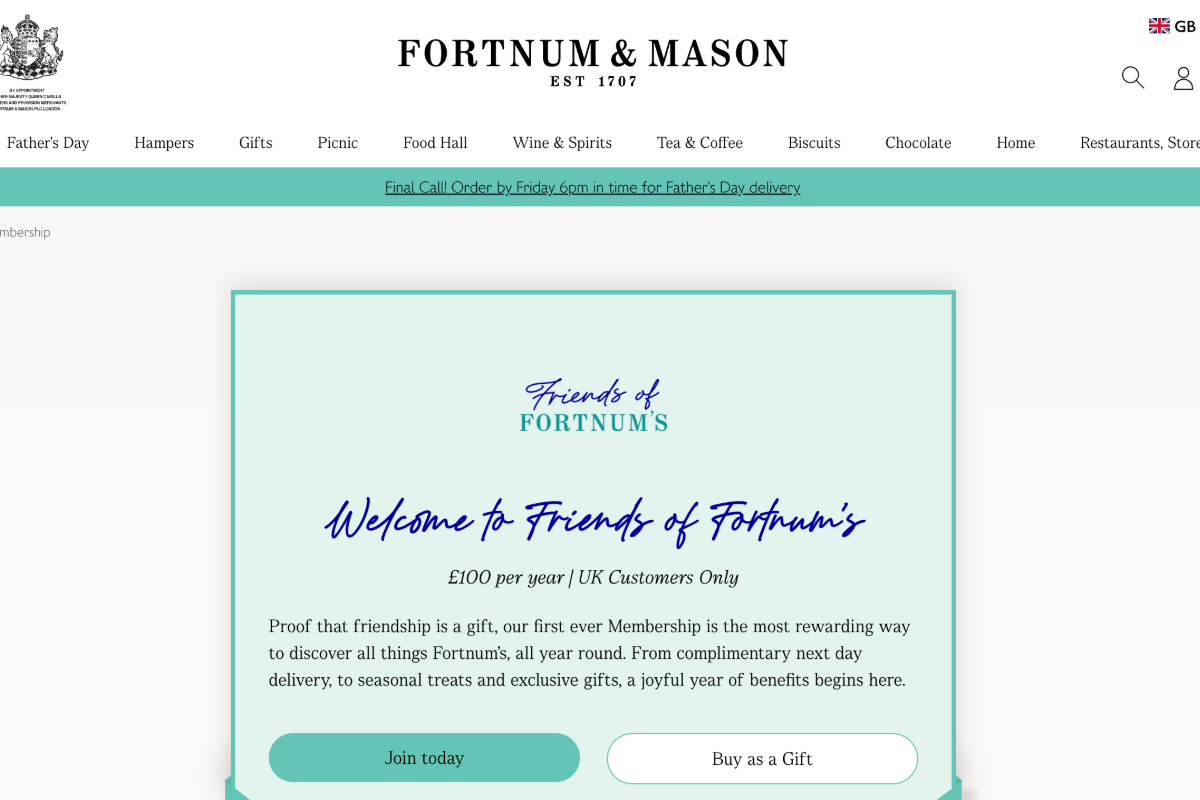In a recent Internet Retailing webinar, Win in Brazil: market entry hurdles and how to overcome them, Wade Pylka and Andre Allain of Digital River gave an overview of the Brazilian ecommerce market, focusing on how retailers can take payment in the South American country. Below, we summarise the subject areas covered:
Brazil ecommerce market overview
• Wade Pylka, product manager at Digital River opened the webinar with an overview of the company, of what the ecommerce and payments business does, and who its customers are.
• This is how listeners to the webinar responded to a poll asking: “Are you doing business in Brazil today?”
Yes, cross-border transactions only: 27%
Yes, local transactions: 45%
Not yet, but we are planning to: 18%
Not today and no plans: 9%
• “The opportunity in Brazil is large,” said Pylka, showing how the world’s fifth country, with an average age of 30, has the 7th largest community of internet users.
• But only 2% of Brazilians speak English fluently. The official language is Portuguese.
• Brazil ecommerce sales hit $15bn in 2013 – more three times as much as Mexico and Argentina combined. Growth is put at 25%, year-on-year. Currently the most popular items to buy are retail products, travel, ticketing and subscriptions.
• Brazilian online shoppers: are both male and female, while 62% are aged between 15 and 34. Some 23% of internet users access via smartphones, with online shoppers spending more than 72 hours a month online: more than a third of that time is spent on social media.
Online payments
• In 2013, 69% of shoppers used credit cards (source: The Paypers, Cross-border ecommerce report), typically paying through budgeted installments. Each Brazilian has 2.1 credit cards, on average. Many are local or co-branded cards.
• The “well-established” and “easy” Boleto Bancario is used by 24%, which can be used by anyone, regardless of whether they have a credit card.
• 4% use online debit and 3% other means of payment.
• Payment and commerce considerations: “Local payment methods do make a real difference and will give you more reach.”
• “Local regulations are very complex.” With card not present orders, the consumer has up to seven days to reverse the order, no matter what. “Good consumer protection”.
• Reporting and reconciliation: the impact on cash flow is very different in Brazil than anywhere else, very complex. Credit card settlements can take up to 30 days for the merchant to receive cash, and boletos can take up to five days, from the moment they’re paid. Online debits take about a day after the order is paid at their local bank account. Have to bear in mind how your business will handle the reconciliation process and think about when you’ll release the product.
Examples
Andre Allain, business development director at Digital River, then continued with some use case examples.
Installments
Challenge: local consumers are used to paying by credit installments. One Digital River client started offering customers the chance to pay by installments. Sales lifted by 30% as a result. This approach is a useful one for promotional events such as marketing and campaigns around special times of year, eg Father’s Day, Mother’s Day or Valentine’s Day.
Local credit card acquiring
Challenge: domestic cards are generally restricted for cross-border online shopping, and cross-border card acquiring generally leads to higher decline rates. Partnering with a local card acquirer is key. Digital River clients saw their authorisation rates climb by more than 40% as a result of doing this.
Alternative payments
Challenge: More than a third of Brazilian customers prefer to pay by alternative payment options such as Boleto Bancario.
Digital River worked with some merchants in the country to offer Boleto Bancario and has seen an average of 25-33% of orders paid using this method. In particular, it’s very important for merhants selling to businesses rather than consumers.
In summary, Andre said a “stage-by-stage” approach could help merchants to enter the market. He suggested starting with one solution before adding functionality and features such as local cards, which can be “very, very significant”, and then moving to alternative payments methods.
• Question and answer session.
To hear the webinar for yourself, to view the accompanying slides and hear the question and answer session, visit the Digital River webinar page:
For details of our other webinars, visit our webinars page.








